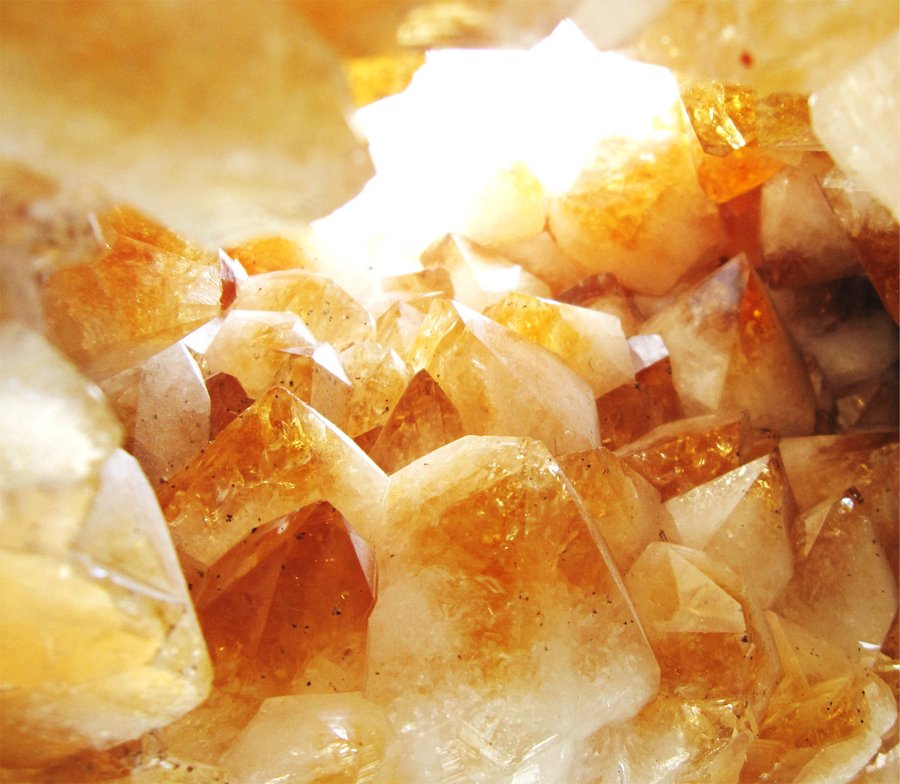Worth knowing
Honey crystallization

All honeys crystallize over time — this is a natural transition from liquid to a semi‑solid state. Honeys higher in glucose (e.g., rapeseed/canola) crystallize faster; acacia crystallizes more slowly. Crystallization does not reduce quality. To reliquefy, gently warm the jar in a water bath up to 40 °C and avoid overheating or microwaving to protect flavor and aroma.
Pollinator-friendly gardens
Ensure flowers across seasons, reduce pesticides, and add a shallow water source with pebbles.
- Spring: crocus, pulmonaria, willow, fruit trees.
- Summer: lavender, phacelia, sage, clover, sunflower.
- Autumn: asters, goldenrod, heather, buddleja.
- Winter/early spring: witch hazel, winter heath, viburnum.
Pesticides: avoid spraying during bloom, apply in the evening and in calm weather, choose bee-safe products and diversify plants. Sources: RHS, Xerces, Xerces – Pesticides
Honey myths vs facts
- Myth: Honey should not crystallize. Fact: it is natural and depends on glucose/fructose ratio; gently warm in a water bath (≤40 °C) to reliquefy. NHB
- Myth: Dark honey is worse. Fact: darker honeys often have higher phenolic/antioxidant content. USDA ARS, Bertoncelj 2007
FAQ – frequently asked questions
- How to store honey? In a tightly closed jar, in a cool, dry and dark place. NHB – storage
- Does honey expire? Honey has very long shelf-life; quality depends on storage conditions. NHB – shelf life
- Is honey safe for infants? Do not feed honey to children under 12 months due to infant botulism risk. CDC
- Honey for athletes? Works as a quick carbohydrate source; in studies, comparable to other carb sources for recovery. Earnest 2008
© Copyright Pasieka Żelechowski
Wszystkie prawa zastrzeżone
Wykonanie i wdrożenie: Dobre-Strony.pl